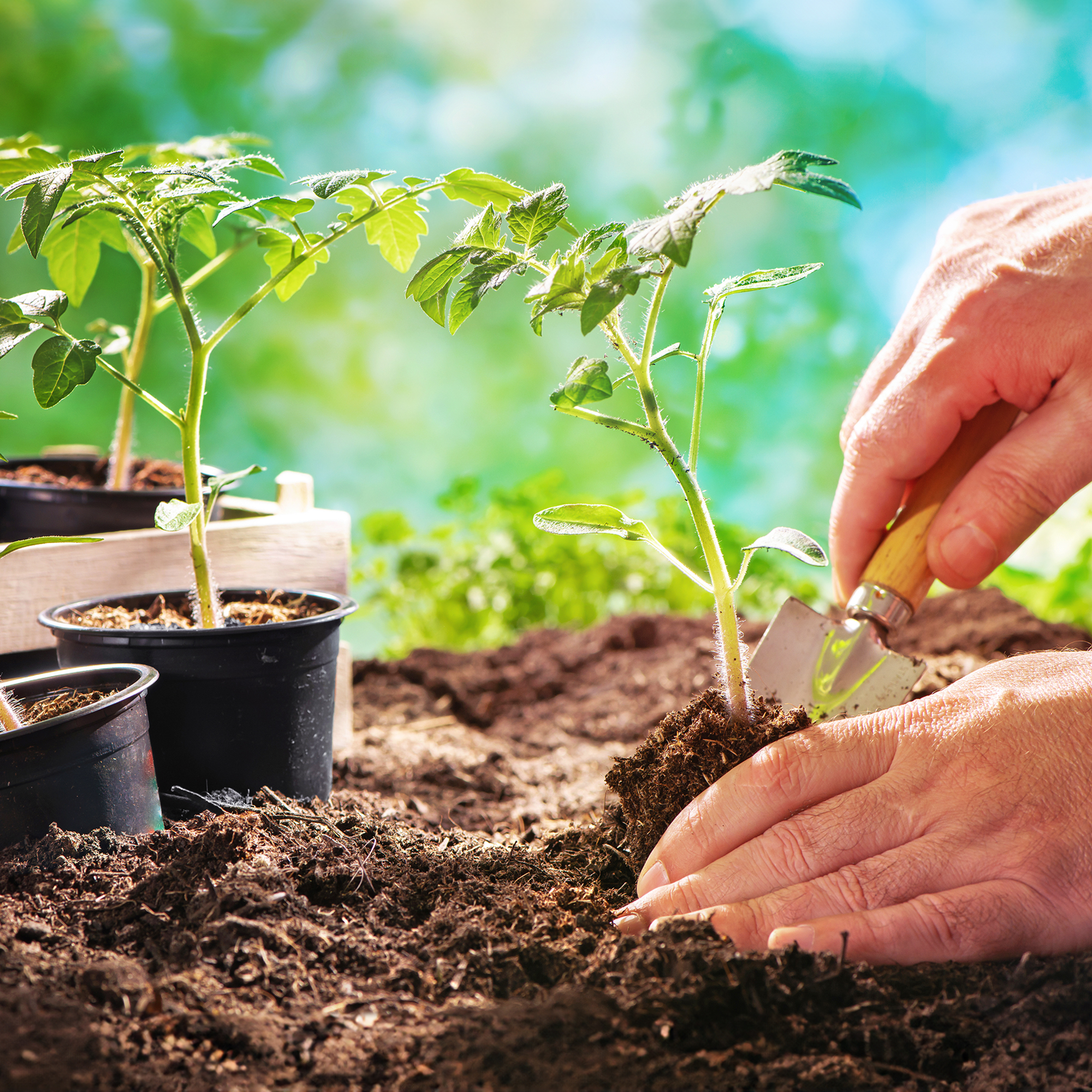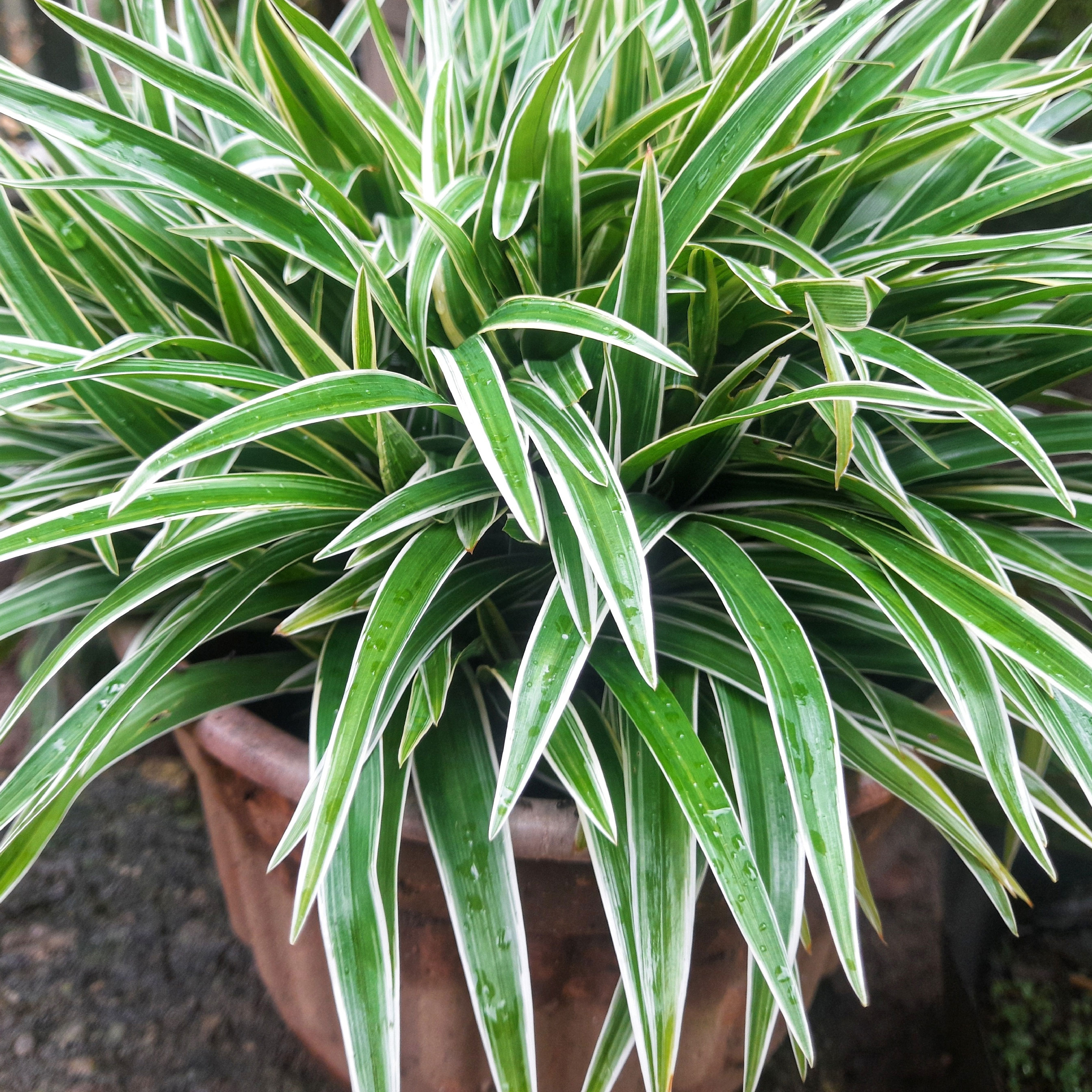Top 10 Questions About Radish Plants

Radishes are one of the easier vegetables to grow, but even easy-to-grow veggies can be fraught with problems. Here at Gardening Know How we get lots of questions about radishes, and our goal is to provide answers to those inquiries to the best of our knowledge. The following information includes the 10 most commonly asked questions about radish plants in the garden.
For good root development, I like to till or spade my radish patch to a depth of 8 to 12 inches (20 to 30 cm.). The finer the soil, the better. I remove all small rocks or sticks, as these can cause deformed radishes. Then I prefer to use a hand-held seed planter to sow the seed. It makes it easier to plant the seeds a consistent ½ inch (12 mm.) deep and space them 1 inch (2.5 cm.) apart. I find planting a short row every week creates a steady supply of radishes at harvest time.
2. How to keep pests from eating radish plants?
I define the boundaries of my radish patch with inexpensive 12-inch (30 cm.) sections of plastic fence to make it easier to find my seedlings once they sprout. Even a short piece of fence deters pests, like rabbits, from grazing on my plants. Securing netting over the fence is added security. As for invertebrate pests, I plant in early spring before the radish eating bugs are active. Later in the season, row covers, insecticidal soap, neem oil or predatory insects can discourage bugs.
3. What can you do with radish greens/tops?
You could compost the radish leaves or feed them to chickens, but if you're looking for a new culinary adventure, try eating them. Like the root, radish tops have a peppery flavor. Young leaves can be eaten raw in salads or steamed like other green, leafy vegetable. Young radish greens can also be used to make pesto, quiche or smoothies. Avoid older leaves, as they tend to develop a coarse texture as they age. Some varieties also have hairy leaves, even when young. When growing radishes for the greens, try Daikon, a popular variety found in microgreen mixes.
Gardening tips, videos, info and more delivered right to your inbox!
Sign up for the Gardening Know How newsletter today and receive a free copy of our e-book "How to Grow Delicious Tomatoes".
4. Why is my radish plant still flowering?
Flowering radishes have bolted. When this happens, the bulb stops growing and becomes woody in texture. To prevent bolting, plant radishes in early spring or late fall, as warm temperatures and long daylight hours are the culprit. Dry conditions can also encourage radish plants to go into reproductive mode. Water regularly when rainfall is less than an inch (2.5 cm.) per week. Mulching can also keep soil temperatures cooler and delay the onset of bolting.
5. Why are my radish leaves turning yellow?
Radish leaves can turn yellow for any number of reasons, but one of the most common is a lack of water. Radishes require 1 inch (2.5 cm.) of water per week. Supplying additional water when rain levels fall below this amount. If you're positive the radishes are receiving sufficient water, next consider whether their growing requirements are being met. Do they have adequate light, nutrients and room to grow? If so, then I'd suspect one of several diseases which can plague radishes and cause the leaves to turn yellow. These include septoria, blackleg, fusarium, club root, black rot and aster yellows.
6. When will my radishes be ready to harvest?
To prevent radishes from getting too hot, it's essential to harvest them as soon as they reach maturity. I like to use the maturity date information found on the seed packet as a guideline. As that date approaches, it's best to frequently check the radish patch since weather conditions can alter growth rates. Either pull out a radish plant or gently brush the loose soil away from the crown of the radish plant to judge the size of the root bulb. Most varieties of radishes are harvested when the root is about 1 inch (2.5 cm.) across.
7. Why don't my radish plants produce bulbs?
I've frequently dealt with this problem and for different reasons. Root vegetables require loose, fine soil to develop. I like to incorporate organic compost into the soil, then till or hand spade the area to a depth of 8 to 12 (20 to 30 cm.). The finer the soil breaks up, the easier it is for the radishes to grow bulbous roots. Overcrowding is another cause for string-like radish roots. Due to their small size, sowing radish seeds by hand makes it difficult to achieve 2-inch (5 cm.) spacing between plants. Using a hand held seeder or thinning seedlings helps. Finally, feed with a balanced fertilizer (10-10-10), as too much nitrogen discourages root development in radishes.
To prolong the shelf life of fresh radishes, start by removing the tops or greens. Wash and dry the radishes before placing them in a zipper-seal plastic bag. Place a damp paper towel in the bag to provide moisture and prevent the radishes from becoming soft and wilted. Remove as much air as possible before sealing the bag. Store the bag of radishes in a cool, dark place. The crisper drawer in the refrigerator is a good choice. Radishes can also be blanched and frozen for future use in cooked recipes.
9. What are my radish bulbs deformed?
As with beets, soil conditions are the likely cause of poorly formed radish bulbs. In general, root vegetables develop best in a loose, organic soil with a fine texture. Due to the size of a mature radish root, even a small stick or rock can block the root's ability to expand properly and cause deformity. I like to add compost and organic matter, like shredded leaves, to my garden in the fall to allow time for decomposition. I till in the spring to break up the soil, then choose a spot with the finest particle size for planting my radishes. I also water lightly to keep the soil slightly moist and prevent surface crusting.
10. Why are my radishes so hot and how can I prevent this?
This is a common problem most gardeners, including myself, have experienced. Spicy radishes result from poor growing conditions and delayed harvest. Ideally, radishes should grow quickly and be ready for harvest in approximately 25 to 35 days, depending on the variety. To keep radishes on schedule, plant them in cool weather. Select a sunny location in the garden and keep the soil evenly moist. Use a balanced fertilizer and thin seedlings to give radishes 2 inches (5 cm.) of space. Harvesting as soon as the bulb reaches a mature size will keep them sweet.
We all have questions now and then, whether long-time gardeners or those just starting out. So if you have a gardening question, get a gardening answer. We're always here to help.

Laura Miller has been gardening all her life. Holding a degree in Biology, Nutrition, and Agriculture, Laura's area of expertise is vegetables, herbs, and all things edible. She lives in Ohio.
-
 Best Soil Tor Tomatoes: How To Cultivate The Perfect Blend & Add Amendments For A Bountiful Harvest
Best Soil Tor Tomatoes: How To Cultivate The Perfect Blend & Add Amendments For A Bountiful HarvestGive your tomato plants the foundation they need. Learn how to mix the ideal soil and choose the right amendments for your most abundant harvest yet.
By Amy Grant
-
 Want To Know How To Make A Spider Plant Bushier? 4 Secrets For Lush & Bushy Spiders
Want To Know How To Make A Spider Plant Bushier? 4 Secrets For Lush & Bushy SpidersAre you looking for ways to make your spider plant look bigger or more dramatic? Follow these quick and easy tips on how to make a spider plant bushier
By Teo Spengler